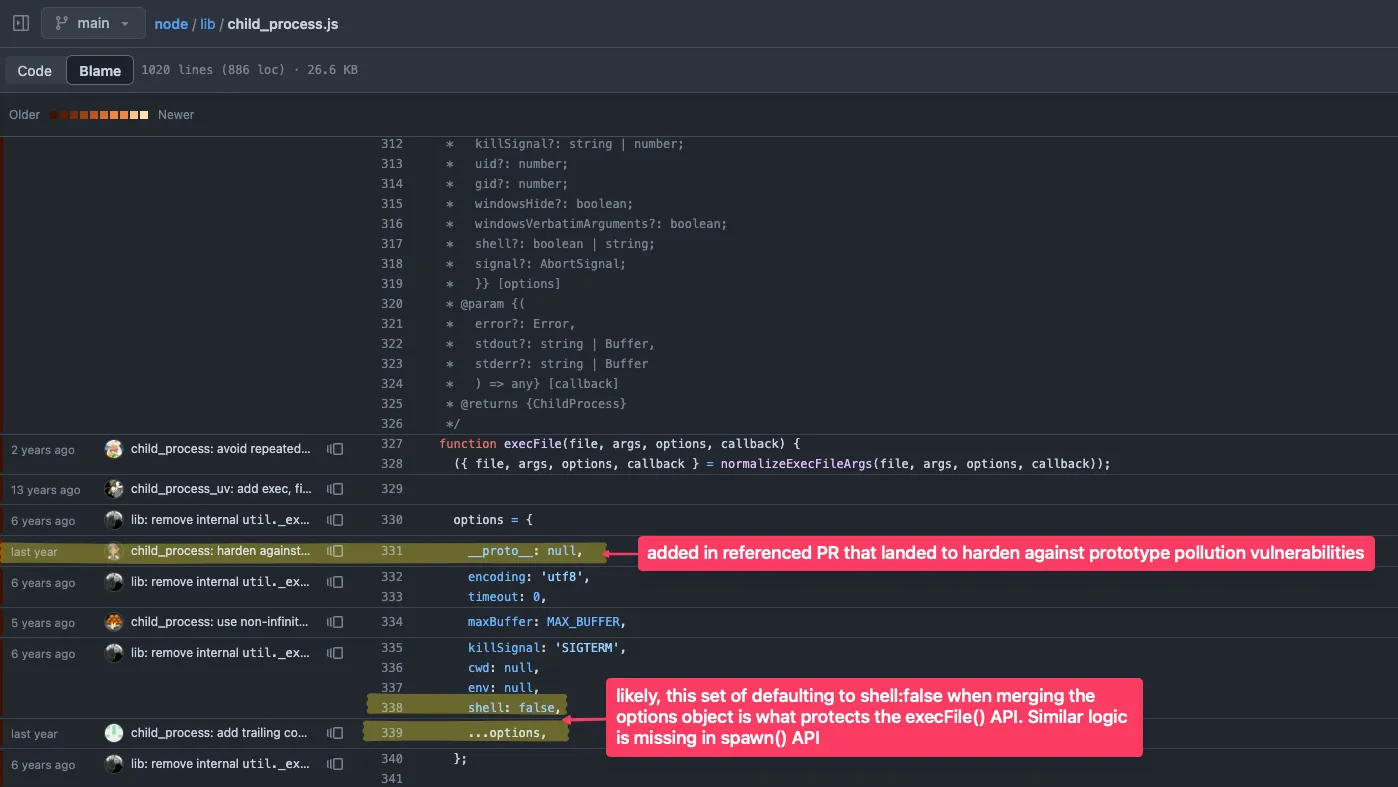
NodeJS Path Traversal Vulnerability Scanner
How about a more offensive side of security? Check out a NodeJS path traversal vulnerability scanner.

How about a more offensive side of security? Check out a NodeJS path traversal vulnerability scanner.

Briefly exploring core concepts around Node API security with regards to GraphQL and REST API design with code examples specific to Node.js application servers.

Briefly exploring the Node.js threat model to draw some opinions on whether Node.js is secure or not.

Learn how I discovered a Node.js core prototype pollution regression, its security implications, and why it didn't warrant a CVE. Luckily, I also fixed it for us!

Learn about Prototype Pollution in Node.js: what it is, how it works, and how to prevent it. Includes real-world examples and security best practices for developers.

Interestingly enough, the IDOR vulnerability type is found as a CVE more commonly in some languages rather than others. Why is that and how can you prevent it?